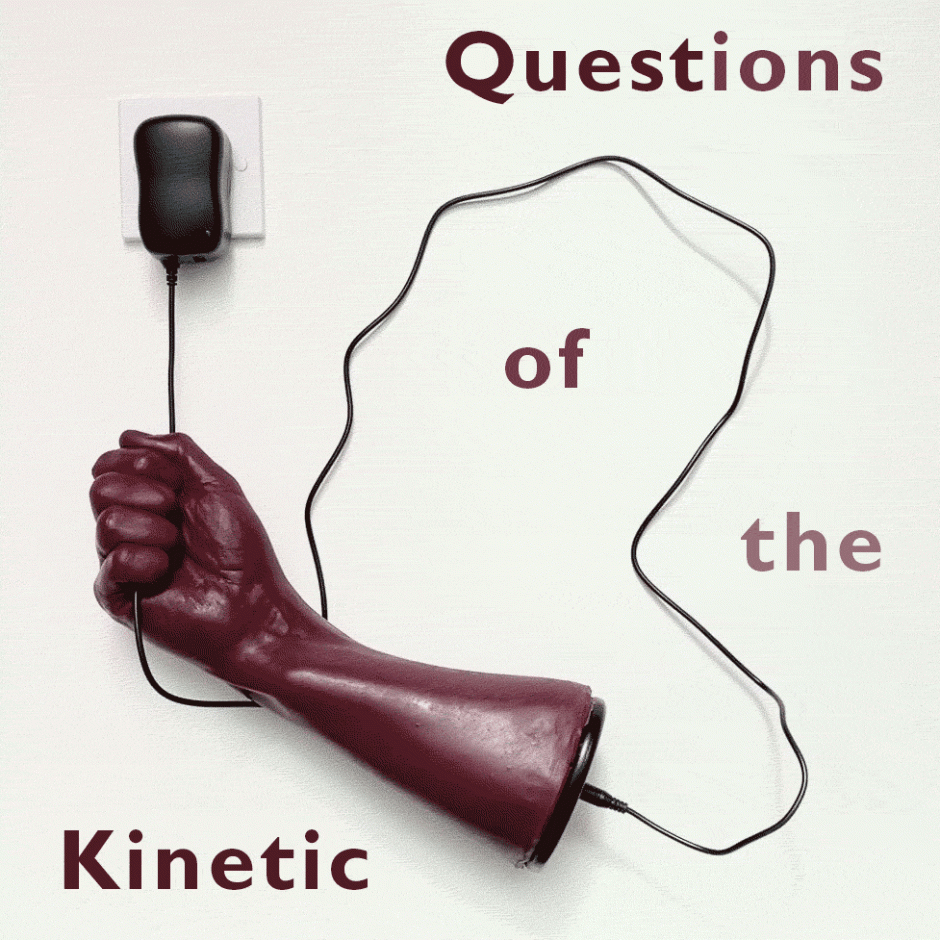Making kinetic sculpture, electronics and mechanics accessible to students in Fine Art
I run workshops in Kinetic and Performing Sculpture that aim to teach students the basic principles of electro mechanical systems for making their work and also the contextual history of Automata, Puppetry and Animatronics in relation to Art, Society and Politics, with a specific focus on the body’s relationship to technology in Art.
Context:
As outlined in (Blog 2) Students in Fine Art can find it difficult or intimidating to engage and maintain engagement with STEM ideas
I try to incorporate three main principles to enhance the accessibility and approachability of a session
Evaluation / Moving Forward
Object based learning – At the beginning of a session I use examples and maquettes made out of recycled materials to explain different types of mechanical principles.
Students are encouraged to touch, play with and deconstruct these examples as a way to gain an understanding of how they work and the principles behind them. Later in the session they will then use the same materials and processes used to make the examples to make their own work. In this way the students can haptically engage with ideas and then have a scaffolding, as outlined by Buren (1966), to refer back to later in the manifestation of their own ideas.
Finding synonyms in language through student’s work, performance and the body –
In order to explain many of the principles and ideas of mechanics I try to relate them to the functioning of a body. Often I will perform a bodily movement and then ask a question about how that movement is created in relation to the mechanical idea that we are discussing. In this way, students not only get the semi humorous spectacle of my gangly gestures, relaxing the atmosphere through self depreciation but also they can then relate the idea back to their own body ‘always looking at the relation between things and ourselves’ (Berger, 1972: 9) further cementing the potential understanding of a principle. (please see examples below)
Financial access and the provision of continued support
As the workshops are usually one off or limited sessions I try to build in support networks at the college so that students can carry on exploring kinetic ideas with other colleagues.
For instance, I have implemented a joined up methodology with the Metal Workshop Technicians at Chelsea whereby the materials and methods I use to teach linkages, levers and hinges (card and hole punches) are a simplified reflection of those used to induct students to the workshops (sheet metal, drill presses and guillotines). In this way, the processes students learn in my workshops can be easily translated into the processes they will be taught later (all of which are using recycled materials at each stage) and they can use this knowledge to make more durable finalised artworks. A homage to El Lissitzky’s ethos of using the diagram to progress from idea to form with limited materials ‘being a simple depicter the artist becomes a creator (builder) of forms’ Lissitzky El (1922). This process not only encourages innovation through material fluency but also enables the cost of accessing materials necessary to make work far cheaper and sustainable. Attempting to meet a similar challenge to the one faced by students at the Vitebsk School in Belarus, Lissitzky El (1922).
Finally, from a recent suggestion made by a colleague, I have started to use Padlet to create an ongoing database of information for students to access information about ideas, processes and material suppliers, before, during and after each session. I also encourage them to share any documentation that they produce of their work to share with others – my aspiration is for these is to seed for communities of support whereby students can share and find information together. However, from my experiences so far the more Padlet is used institutionally as a method of assessment the less students engage with it as a resource or sharing point.
References
Ashton, H. Cutting the STEM of future skills: beyond the STEM vs art dichotomy in England.
Berger, J. Ways of Seeing (1972) Penguin Books
Bruner, J. S. (1966). Toward a Theory of Instruction. Cambridge: Harvard University Press.
Lissitzky, E. (1920) Theses on the ‘PROUN’: From Painting to Architecture. In: Lodder, C. (1983) Russian Constructivism. New Haven: Yale University Press, pp. 63–66.
Spooner, S., and Trowell, S. (2022) ‘Object-Based Learning in the Art and Design Curriculum: A Case Study’, Art, Design & Communication in Higher Education, 21(2), pp. 123-138.
